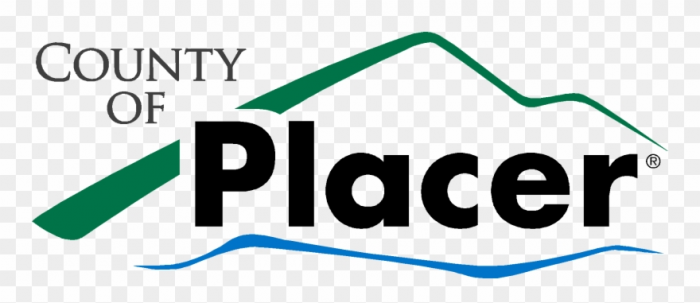What Happens When Tech Innovates HR Functions

In 2019, tech will continue to take over the HR industry and disrupt the way candidates are recruited, hired, and engaged in the workplace. You’ve heard of AI and machine learning. However, have you heard of robotic process automation, or RPA? RPA has also been reducing costs and improving data management for HR. Robotic process automation performs rules-based, highly transactional processes in HR departments that require little or no human judgment.
What RPA Is and Its Advantages
Robotic process automation enables relevant communication between software systems without human intervention. According to Gartner, “RPA tools perform “if, then, else” statements on structured data, typically using a combination of user interface (UI) interactions, or by connecting to APIs to drive client servers, mainframes or HTML code.”
This technology utilizes common user interfaces or APIs to interpret other systems and then deploys bots to take actions. Such actions include manipulating data, processing a transaction, or triggering a response or action. Essentially, it mimics the repetitive actions and tasks that a human would usually execute in a software application.
The bots listen for event-based triggers and complete tasks in a process without human intervention. The benefits of RPA include executing and completing processes in a more timely and efficient manner, the reduction of errors, the elimination of manual work, and orchestrating processes across multiple systems, as well as potential savings in human labor costs.
Robotic Process Automation (RPA) uses bots to automate back-end tasks, complete tasks across different systems, and notify HR teams when a new task is created or completed. RPA lets users more naturally interact with the channels they prefer to use, instead of navigating multiple applications.


When tasks can be automated, it frees up the ability for employees to spend time on the work and functions that truly matter.
The Application and Benefits of RPA in HR
RPA compresses time-consuming processes, such as employee onboarding. This enables new employees to spend more time on their job functions and productivity rather than with the HR department. RPA can also improve the speed and accuracy of data processing, including payroll, benefits administration, onboarding, and compliance reporting. Each of these tasks require a significant amount of manual and repetitive labor. These tasks aren’t productive when it comes to developing, advising, and implementing policies within the workplace as well as finding a general way to keep staff and managers happy. When tasks can be automated, it frees up the ability for employees to spend time on the work and functions that truly matter. People tend to underestimate and undervalue the significance of human resource departments because it is by no means a small feat to keep most employees happy and ensure that employment law and regulations are always met. In addition, managers must deal with the issues that arise with the staff. So, what functions does an HR department focus on?
- Policies: Policies are an important thing within any organization and can be frequent by managers as well as mandated by law. They must be understood and implemented properly.
- Training: This is crucial for all employees to do their jobs well and be productive.
- Employment/ Talent Acquisition/ Recruitment/ Hiring/ Firing: Each of these functions are time consuming and how well a business functions can be based on its staffing, including whether they need additional staff or to fire current staff members.
- Compensation: No one will be a satisfied and productive employee without proper compensation, including bonuses. However, it also important to prevent any financial discrepancies.
- Disciplinary Measures/ Actions: This can happen more often in large organizations than in smaller ones, however, it is a necessary task for HR to ensure that employees are fulfilling the behavior and expectations of their role.
- Equality and Diversity: It is also the task of the HR department to ensure that each employee is being treated equally and fairly. In addition, equality and diversity have become hiring goals for each organization to ensure that their workforce is diverse, equal, and bringing the best talent and skills to work each day.
- Organizational Principles: Each organization has a mission, vision, and purpose, which are embedded in the organizational culture. An HR department is charged with carrying those out and ensuring that employees are on board with fulfilling the company’s principles.
Those human-based functions require human interaction and is precisely where an HR department should spend most of its focus and time. Utilizing RPA and other HR tech tools can ensure that HR departments are meeting their functions and best practices. According to Deloitte’s 2017 Global Human Capital Trends, almost half of HR global shared services executives believe that RPA is going to deliver 10 to 20 percent savings to their businesses. Nine percent expected a savings of 40 percent or more. According to the Sierra-Cedar 2018-2019 annual HR systems survey, only 6 percent of organizations were aware of the use of RPA applications within the HR context, however, 14 percent were evaluating the application for future use. The costs of implementation vary depending if the bots are developed in-house or by a vendor and a company’s scale. The opportunities for applying bots in HR continue to grow and the business case can be made by determining the cost of human labor saved in executing a process, the cost of developing the bot, and a projected return on investment (ROI).
Tech and innovations are becoming increasingly commonplace and will continue to simplify responsibilities and tasks. By doing so, HR will have less of an administrative role and more of a strategic one as managers, practioners, and leaders will have the ability and support to create a strategic impact on an organization.

CAREER ADVICE

GOV TALK




